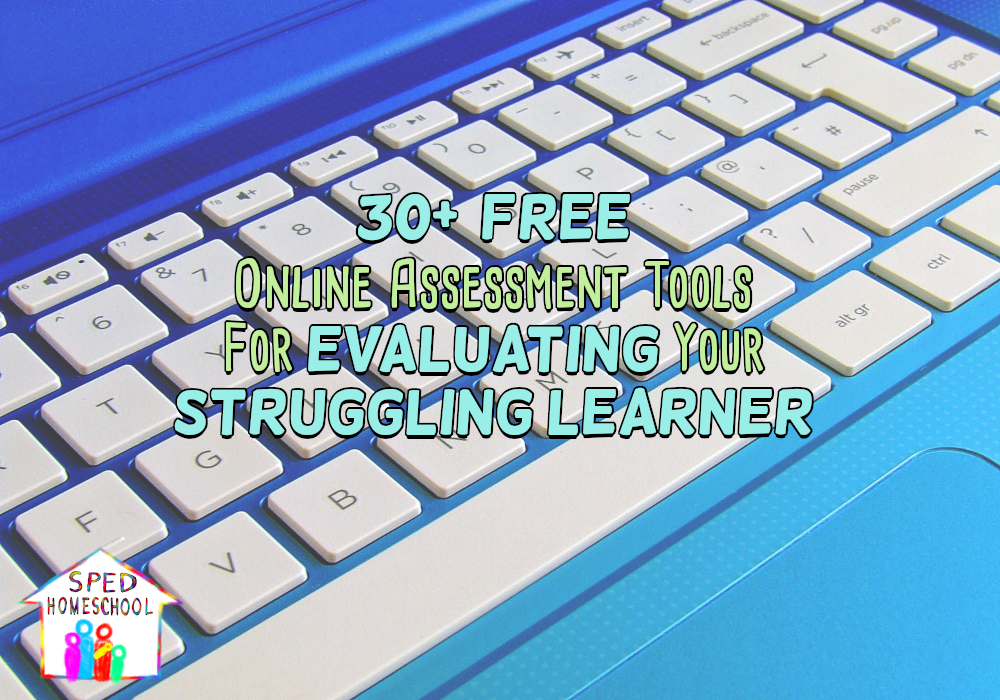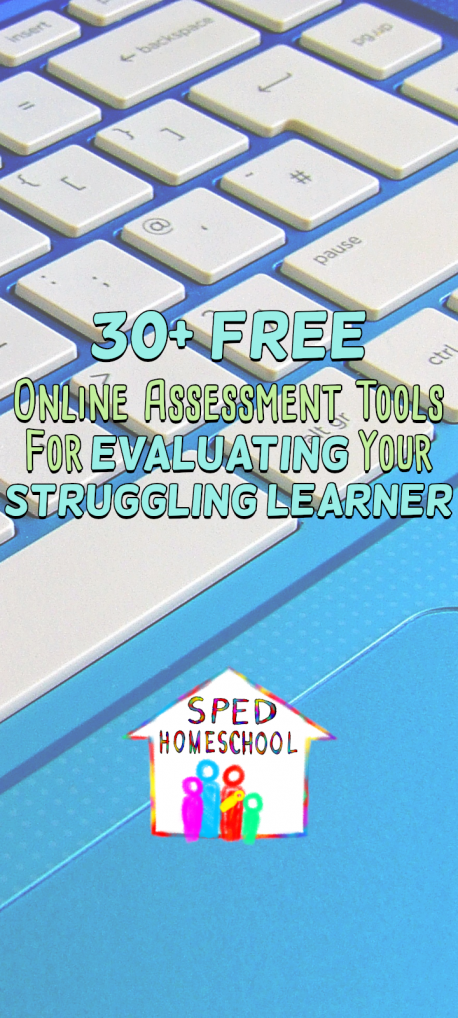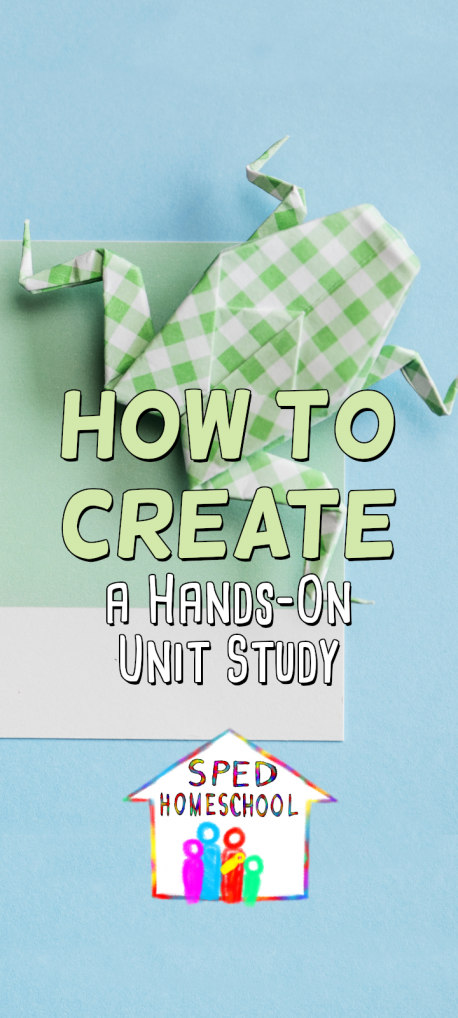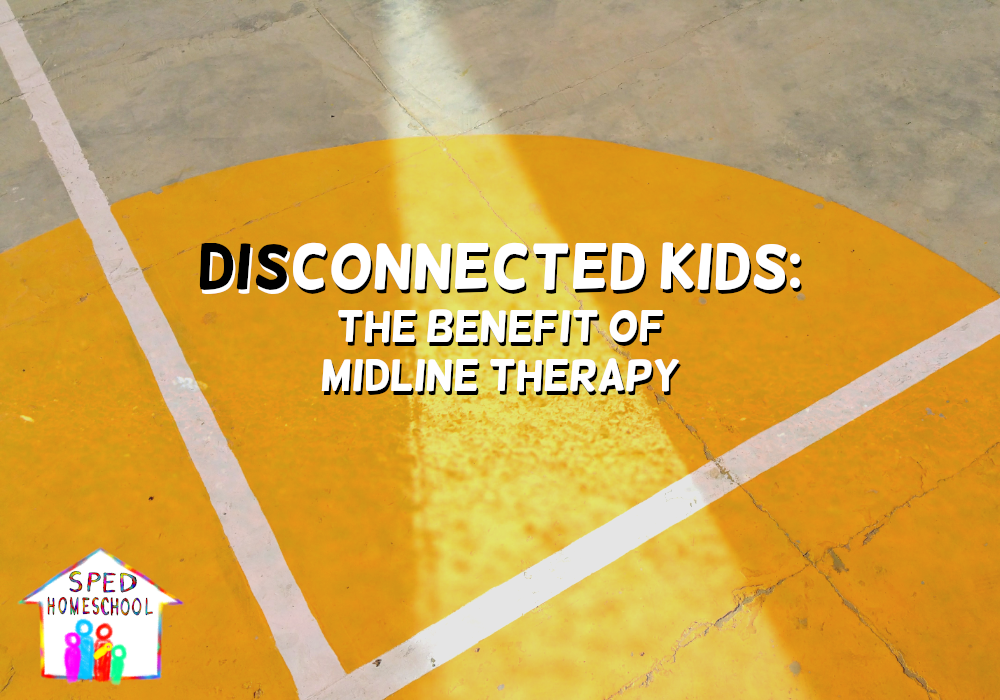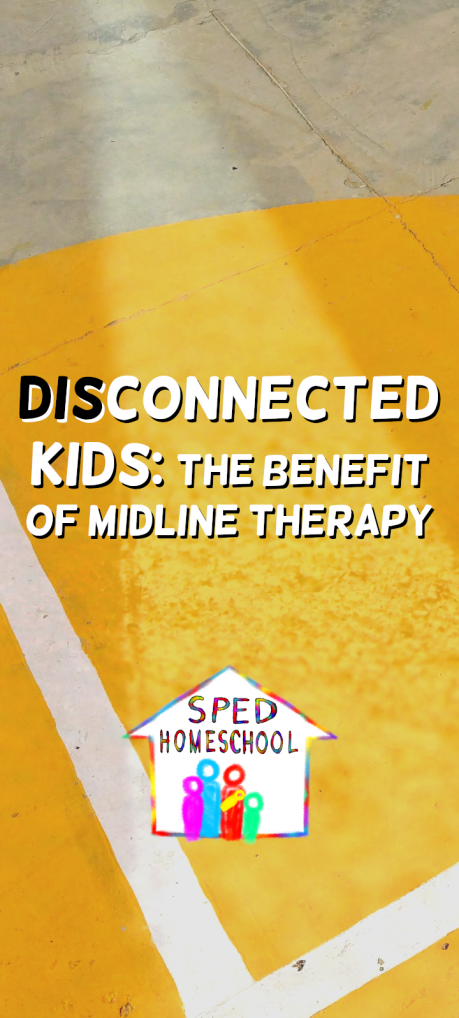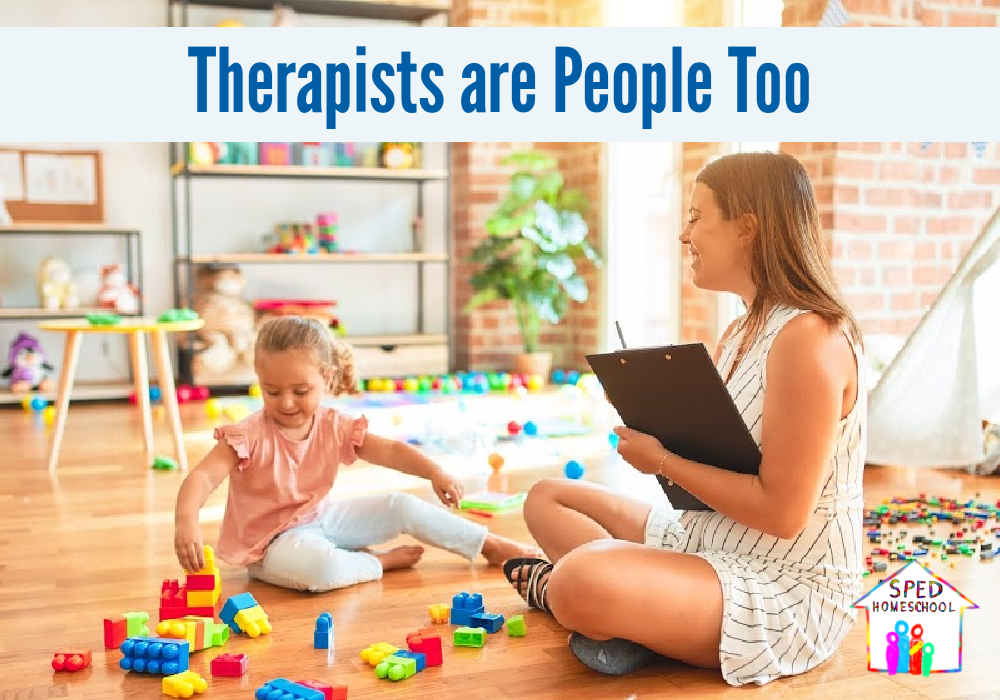By Debbi L. White
I was lying on my bed next to my young daughter trying to get her to go to sleep without awaking her younger sister. My pastor husband was next door at our small church conducting the weekly prayer meeting. I tried to lie still and quiet, but my mind was racing.
Our daughter Mindy had recently turned six, and our county school board was asking us to register her for school. I had been teaching her for nearly three years, and we had decided as a family to continue homeschooling. We had joined Home School Legal Defense Association to get legal advice and protection. They had informed us that in Virginia we could provide the county with the information they required or, if we had convictions about enrolling our children in public school, we could file for a religious exemption.
A Different Path
We were the first family in our county on Virginia’s Eastern Shore to be homeschooling in 1990. If we were to file for a religious exemption, we were not sure how the school board would receive it. Other families across the country were embroiled in legal battles trying to gain their right to teach their children at home. Some had even been prosecuted and jailed due to “truancy.”
I had my Bachelor’s degree. We could easily accommodate the county’s requirements. Compliance would almost guarantee their acceptance of our choice. But was that the way we were to go? What if we filed for religious exemption and became involved in a court battle? Would that hurt our ministry? I wrestled with these thoughts and more as I pleaded with God for direction.
A Lot of Unknowns
Then it became clear. Surely they would approve of ME teaching because I had a degree. But what if the Joneses or the Smiths down the road decided to homeschool, and they didn’t have degrees? Was it right for me to be able to teach my children and not them? No! The Bible instructs parents to train their children. Children are the responsibility of the parents. If the parents choose to delegate some of the training, they are still responsible for oversight. It is not the government’s responsibility to train anyone’s children! Parents can allow their children to be trained in government schools, but it is not for the government to demand that, nor should the government disallow parents the right to train their children or make the choice where they are to be educated. If I were to supply our county with my credentials and curriculum and comply with their oversight, I felt I would be endorsing their authority to mandate the educational provisions for all students in the county. I could not give them that authority.
But what would this decision mean for our family? For our church? I had to have faith that God was in this, that He was in control, but I was fearful.
A Step Out in Faith
When my husband came home, I shared with him my thoughts and convictions. He agreed to support me, and we contacted HSLDA the next day. They wrote to our school board on our behalf and provided the law in Virginia as well as documented court cases where a religious exemption was upheld. We prayed, and God answered! The county responded by giving us their blessing on our endeavors.
We had not been guaranteed positive results. We stepped out in obedience with faith, trusting God with our future. God often asks us to do that as we travel life’s path. He asks it of everyone who follows Him. I love to read “Faith’s Hall of Fame” in Hebrews 11. (You should reread it!) What a testimony all of these had!
These all died in faith, not having received the promises, but having seen them afar off were assured of them, embraced them and confessed that they were strangers and pilgrims on the earth. (verse 13)
A Perfect Promise
We can look back and see the results of their obedience. When they stepped out in faith, however, they did not know what would happen.
We cannot see around the next corner, only God can. That is why it is essential to walk closely with Him and to walk in the light that He gives. He has a purpose for all that He calls us to do. He promises to make a way (He doesn’t promise a way without struggles and challenges, though!); He promises to provide, and He promises to use us as we keep yielded to Him.
A Future Unknown
If we could see the future and know the consequences of all that God asks us to do, we would not need faith.
Now faith is the substance of things hoped for, the evidence of things not seen. (Hebrews 11:1)
And
Without faith it is impossible to please Him, for he who comes to God must believe that He is, and that He is a rewarder of those who diligently seek Him. (Hebrews 11:6)
A Devastating Blow
Skip ahead two years. My husband made the decision to leave the church and his family. Overnight I found myself single, homeless and unemployed. My Heavenly Father, the God of miracles, provided a home and full-time employment within the following four days. I began working in a warehouse owned and operated by another home-schooling family. My children were able to be with me, but at the end of the summer, I once again was faced with decisions regarding their education.
They had had much turmoil and upheaval. They needed some consistency and security, but most importantly, my role and calling had not changed. To many, it did not seem like a wise decision for me to quit my full-time job to return to home-schooling, but I felt that was God’s will, and I needed to obey. Yes, it was scary. Not only was I facing a court challenge from my husband, but I was now also responsible for supporting my children.
A Sure Foundation to Lean On
I have heard that there are 365 “fear not’s” in the Bible. I have not counted them, but I know that God continuously urged me to trust Him. Some of my favorite verses that He gave me at that time were
For your Maker is your husband—
the Lord Almighty is his name—
the Holy One of Israel is your Redeemer;
he is called the God of all the earth. (Isaiah 54:5)
And
All your children shall be taught by the Lord,
And great shall be the peace of your children. (Isaiah 54:13)
It wasn’t always easy. I took jobs that I could do at home or that I could take the girls with me, but their schooling remained a priority. I did sewing and cleaning and worked for another family part-time. I bartered cooking for car repairs. God provided. The girls made it through successfully and are now college graduates! Praise Father!
A New Chapter
A lot has happened since they graduated, but now, 13 years later, I find myself once again unemployed. I have applied for about 70 jobs over the past four months. No doors have opened, and my savings has dwindled. I have sought God daily for His guidance and wisdom. I have longed to have the security of a paycheck and health insurance once again! Door after door has remained shut as I have knocked, and knocked, and knocked some more.
About three weeks ago, a door finally opened. And then another. A little light came through, and then more. Possibly, just possibly, I could do something that I really love and on my own schedule. Hmmm. But there were naysayers. “You don’t want to do that! Your income is not guaranteed, and it’s a lot of work!” “It is unlikely that you will be able to find enough business to support yourself by doing this full-time.”
A Prayer & An Answer
I continued to pray for guidance and clarity, and God has answered. Every step I have made towards establishing a ministry/business for homeschoolers has led to another step, another open door. I have kept walking as He has guided.
The morning I applied for a business license, a mother saw my resume posted on a search engine and cried. She called that evening and told me that she needed a tutor for her son, that she had been praying for the right person, and she felt I was God’s answer. To me, that was another affirmation that God is in this!
A New Ministry Born
HUGS-Homeschooling Unique and Gifted Students was born. I home-schooled my daughters over 18 years. I have 18 years experience in the classroom, and I have my MA in Teaching Special Education. I believe God has been preparing me for this all my life. I am stepping out in faith.
No, it’s not a guaranteed income. No, I do not have health insurance. I am single and I have a mortgage, car payment and student loan (from my graduate studies). I cannot see what the future holds, but God does, and He promises to provide as I obey.
A Continually Deepening Faith
God my Father has been showing me that if everything were under our control, we would not need faith. Trusting Him in faith deepens our dependence on Him and strengthens our relationship. So, although stepping out into the unknown can be quite scary, it is a good thing! Nothing in this world can surpass deepening our intimacy with our Creator and Savior!
When you are asked to step out in faith and you are scared, thank God for the privilege that will draw you closer to Him.
